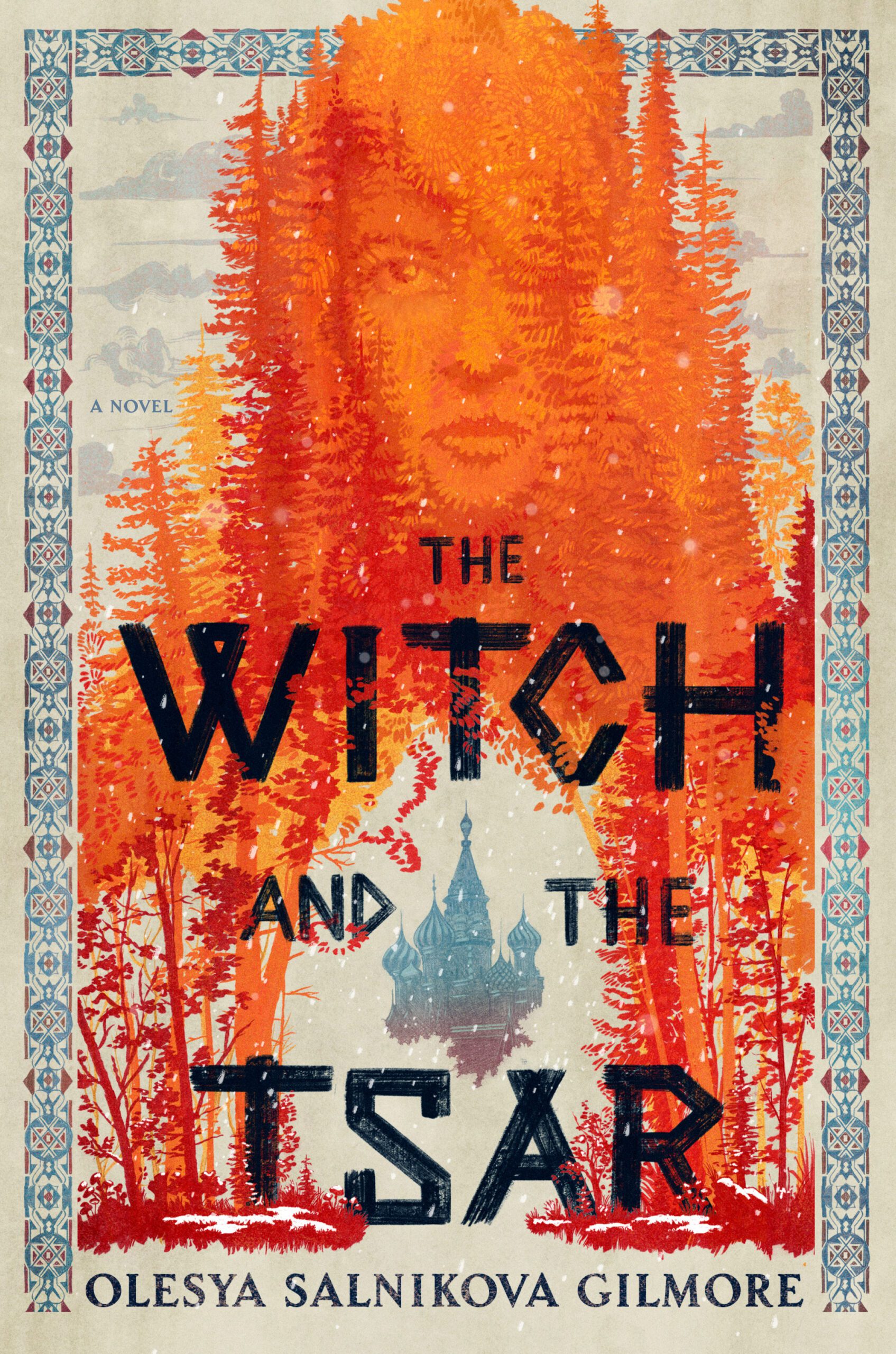Witchcraft has been a powerful force in myths and legends across the globe for centuries. It grants practitioners great power, such as control of the elements and communication with animals, and can provide communities for outcasts. However, witches can be vulnerable to certain substances and can become corrupted by their thirst for power. In mythology, witches serve different roles, portraying both villains and heroes. They are also revered as religious figures with wisdom and knowledge beyond ordinary people. By examining myths and legends featuring witches, we can gain insight into how magic and the supernatural have been perceived throughout history.
The Powerful yet Vulnerable: Exploring the Strengths, Weaknesses, and Role of Witchcraft in Mythology
Introduction
For centuries, witchcraft has been a powerful force in the myths and legends of cultures around the world. Whether portrayed as good or evil, witches and their magic have been a source of fascination and fear. In this article, we will be exploring the strengths, weaknesses, and role of witchcraft in mythology, looking at examples from different cultures and time periods.
The Strengths of Witchcraft in Mythology
One of the primary strengths of witchcraft in mythology is the power it grants to its practitioners. Witches often possess extraordinary abilities, such as the power to control the elements, speak to animals, or even raise the dead. These abilities can be used for both good and evil, making witches formidable allies or dangerous enemies.
Another strength of witchcraft in mythology is its ability to provide a sense of community and belonging. In many cultures, witches were seen as outsiders or outcasts, but within their own communities, they found acceptance and support. These communities often provided a safe space for witches to practice their craft and develop their skills.
The Weaknesses of Witchcraft in Mythology
Despite their formidable abilities, witches in mythology also have weaknesses that can be exploited by their enemies. One of the most common weaknesses is their vulnerability to certain materials or substances, such as silver, iron, or garlic. These weaknesses can make it difficult for witches to defend themselves against attacks or navigate certain environments.
Another weakness of witchcraft in mythology is the potential for corruption or misuse of power. While some witches use their abilities for good, others become consumed by their thirst for power or revenge. This can lead to them using their magic to harm others or cause chaos, ultimately leading to their downfall.
The Role of Witchcraft in Mythology
Witchcraft plays a significant role in many myths and legends, often serving as a catalyst for conflict or resolution. In some stories, witches are portrayed as the villains, using their magic for evil purposes and causing harm to others. In others, they are the heroes, using their abilities to fight against injustice or defend their communities.
In many cultures, witches were also seen as spiritual or religious figures, revered for their connections to the divine. They were believed to possess knowledge and wisdom that was beyond the understanding of ordinary people, and were often consulted for advice, healing, or divination.
Conclusion
Witchcraft in mythology is a complex and fascinating subject, with strengths, weaknesses, and a significant role in many cultures around the world. Through exploring the various myths and legends that feature witches, we can gain a greater understanding of the ways in which human beings have viewed magic and the supernatural throughout history.
